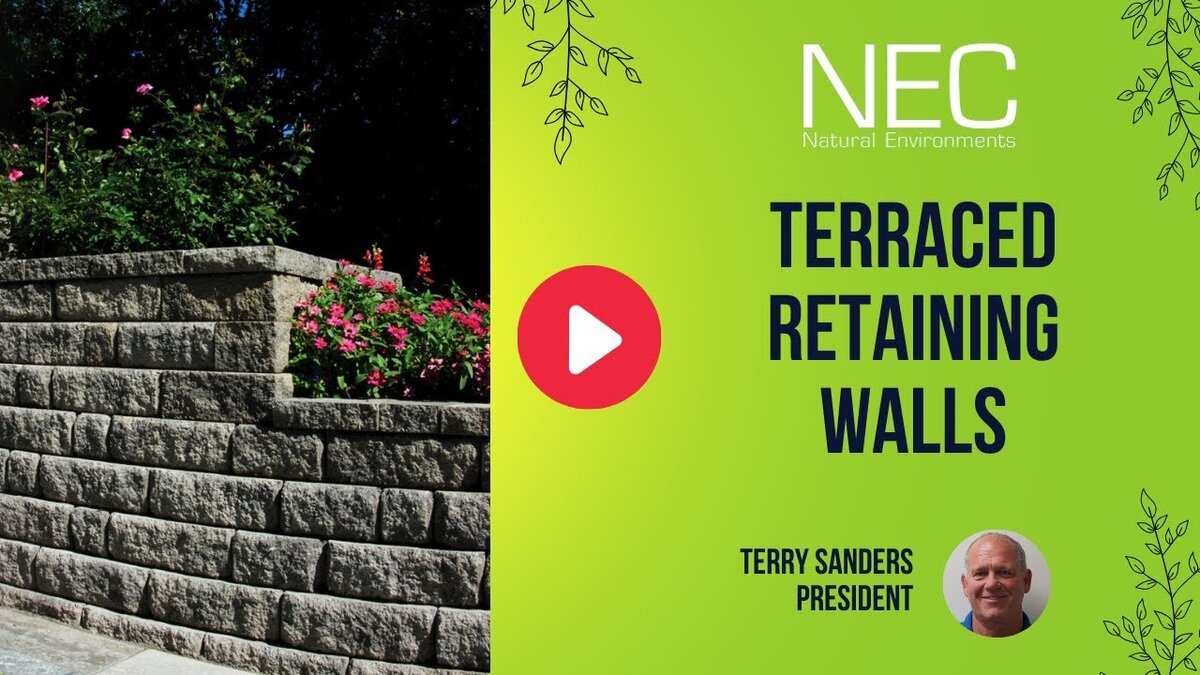Retaining walls are essential structures, designed to hold soil in place and manage water runoff. However, like any construction, they have a lifespan, and recognizing the signs of potential failure is crucial to prevent significant damage or accidents. This article delves deep into the various indicators that hint at the impending doom of a retaining wall and provides insights on what homeowners or property managers can look out for.
Leaning Walls

The most obvious sign of retaining wall failure, even to the untrained eye, is an overtly leaning wall. Before it crashes onto the ground, a retaining wall may begin to lean towards or away from the soil it’s supposed to support. This is a stark warning that the structure is not effectively counteracting the lateral pressure of the soil.
Often, this issue arises due to inadequate drainage, which results in increased hydrostatic pressure, or it can stem from an improperly constructed foundation. Addressing the root cause swiftly can prevent further deterioration.
Material Deterioration
A less conspicuous but equally concerning sign of a failing retaining wall is the degradation of the material from which the wall is constructed. Common deteriorations Include:
Wood Walls
For those with timber retaining walls, the decay of the wood, especially on the top timber, can be a clear indication. This decay is usually caused by exposure to moisture and pests like termites.
Concrete Walls
Spalling, which is the flaking or chipping off of the concrete surface, can be a sign. This often results from freeze-thaw cycles or the use of de-icing salts.
Stone or Brick Walls
Loose or missing materials can signify that the brick or stone retaining wall is losing its structural integrity.
Ground Cracks Above the Wall
Even if the wall itself seems intact, cracks in the ground above it are a strong indication of a problem. This can suggest that the wall is moving or shifting, even if this movement isn’t immediately noticeable.
Such cracks can compromise the drainage system behind the wall, allowing water to pool. This water adds to the pressure on the wall and exacerbates the problem, leading to a vicious cycle of increasing wall instability.
Separation of the Retaining Wall from Adjoining Walls
If the retaining wall begins to separate or pull away from walls that it’s connected to, this is a sign that there are serious stability issues. This separation can lead to significant property damage if not addressed promptly. In cases like this, it’s vital to get an assessment from a professional. The wall may need reinforcement or, in more severe cases, complete replacement.
Conclusion

Recognizing the signs of retaining wall failure is the first step in ensuring safety and property value. Regular inspections, especially after significant weather events like heavy rain, can help identify issues before they become significant problems.
Should any of these signs become apparent, it’s crucial to consult with a professional contractor or structural engineer. They can provide guidance on remediation steps, be it repair or replacement, ensuring that the retaining wall serves its purpose effectively and safely. Contact Natural Environments Corporation today to learn more.



